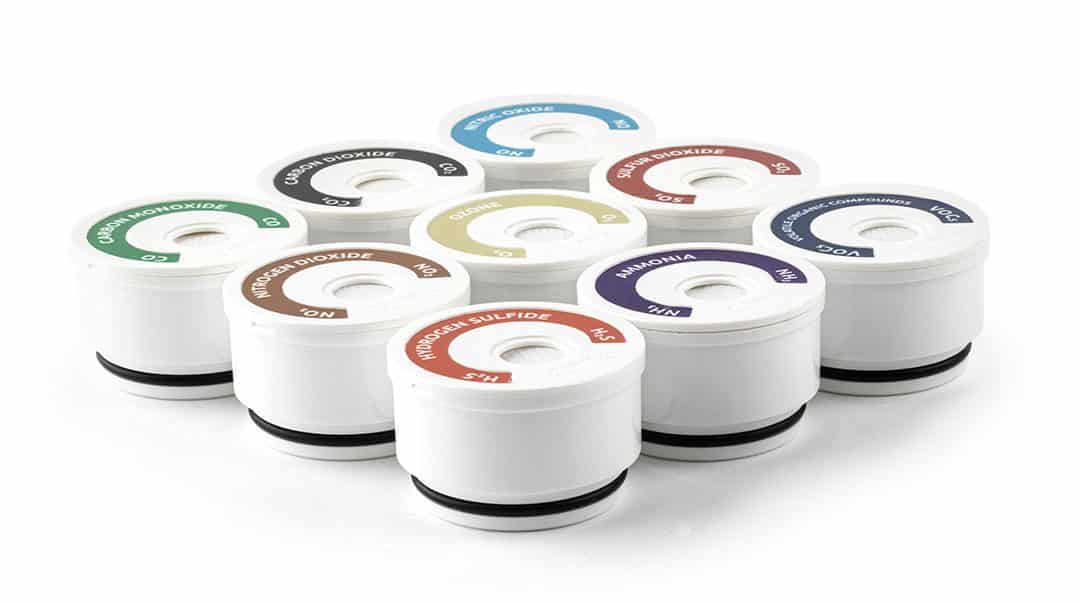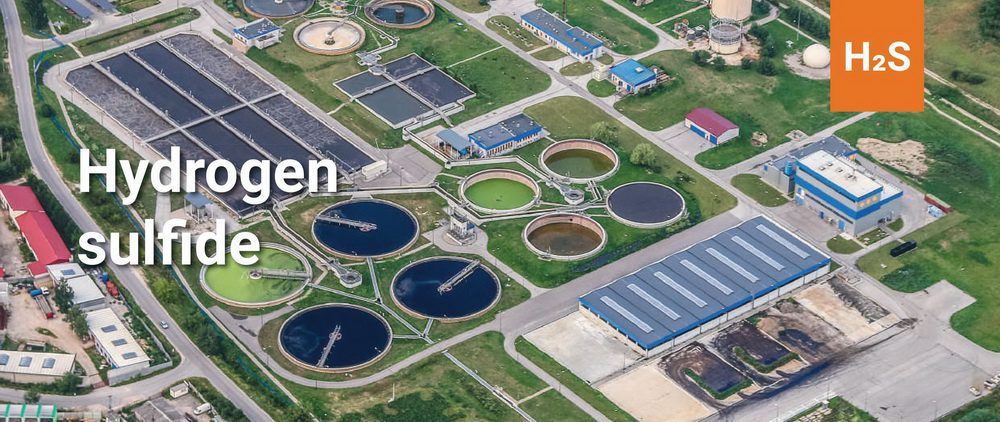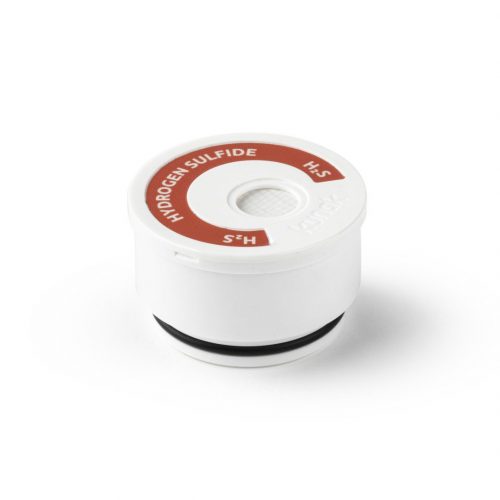
Hydrogen Sulfide


Where is it found?
Most of this gas present in the atmosphere has natural origin by the organic matter decomposition. Anthropica- lly, it occurs in processes in which sulphur compounds and organic matter are involved at high temperatures. Some industrial activities that emit this gas are paper pulp manufacturing, oil refining, water treatment plants and the viscose manufacturing textile industry.
Why is it harmful?
Hydrogen Sulfide (H2S) affects mainly to the res- piratory system with the first symptoms being nose, throat and eyes irritation. This compound be- gins to be detected by human smell at concentra- tions much lower than those that can have harm- ful effects on health. Short-term exposures of high concentrations can cause headache, dizziness and vomiting.
H2S cartridge
The Hydrogen Sulfide cartridge has a built-in electrochemical sensor very sensitive to its specific pollutant allowing the sensor to detect any change in H2S concentrations. This cartridge responds and detects Methyl Mercaptan (CH4S). To cover different applications, there are 2 measurement ranges: Type A: detect low ppb concentrations in real environments. Although Kunak algorithm corrects well the temperature varia- tions, it is not recommended to use this cartridge to detect levels below 10 ppb.
Type B: a higher range version that can measure up to 20 ppm, decreasing the accu- racy at low concentrations.
Technical specifications
Limit of Detection (LOD)(7) | 2 ppb(A) 0.01 ppm(B) |
Repeteability(8) | 4 ppb(A) 0.01 ppm(B) |
Response time(9) | < 60 sec |
Typical accuracy (MAE)(10) | ± 10 ppb(A) ± 0.05 ppm(B) |
Typical precision R² (10) | > 0.8 |
Typical slope(10) | 0.78 – 1.29 |
Typical intercept (a)(10) | -2 ppb ≤ a ≤ +2 ppb(A) -0.02 ppm ≤ a ≤ +0.02 ppm(B) |
Typical Intra-model variability(12) | < 2 ppb(A) < 0.02 ppm(B) |
Limit of Detection (LOD)(7) | 10 ppb(A) 0.02 ppm(B) |
Repeteability(8) | 20 ppb(A) 0.05 ppm(B) |
Response time(9) | < 30 sec(A) < 180 sec(B) |
Typical accuracy (MAE)(10) | ± 80 ppb(A) ± 0.1 ppm(B) |
Typical precision R² (10) | > 0.85 |
Typical slope(10) | 0.78 – 1.29 |
Typical intercept (a)(10) | -50 ppb ≤ a ≤ +50 ppb(A) -0.1 ppm ≤ a ≤ +0.1 ppm(B) |
DQO – Typical U(exp)(11) | < 20% |
Typical Intra-model variability(12) | < 3 ppb(A) < 0.05 ppm(B) |




